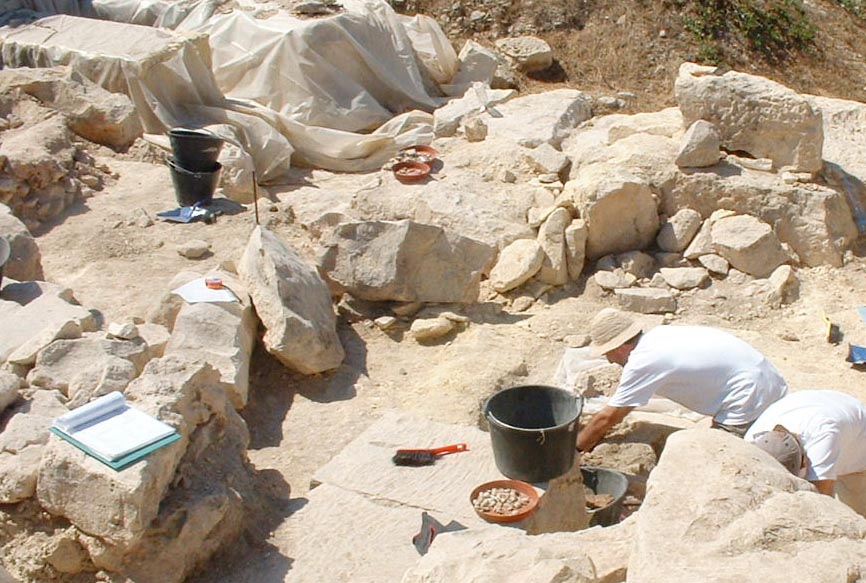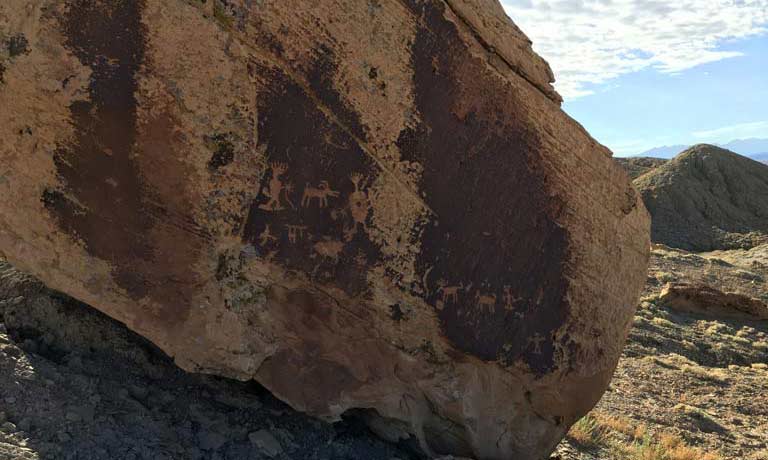Experience

Bighorn has participated in the recording of hundreds of sites of nearly every description throughout the Intermountain Region, and Northwestern States.
We have recorded small sites of varying types, large village sites, cave and rock shelter sites, burials, hunting blind sites, rock art, Traditional Cultural Properties, historic roads/trails, canals, homesteads, communities, historic structures, historic cemeteries, industrial sites, military sites, and communication sites.
We have participated in the excavation or mitigation of complicated prehistoric sites such as open habitations, rock shelters, burials, lithic scatters, ceramic scatters, plant processing sites, and historic structures and features.
We have an excellent understanding of the site and feature recording requirements of the Intermountain Antiquities Computer System (IMACS) used in Utah and Nevada, as well as site recording systems used in Idaho, Wyoming, Oregon, Washington, and Arizona.
Over the past seven years, Bighorn has completed over 300 projects. The following list includes a sample of the various types of projects undertaken by Bighorn.
